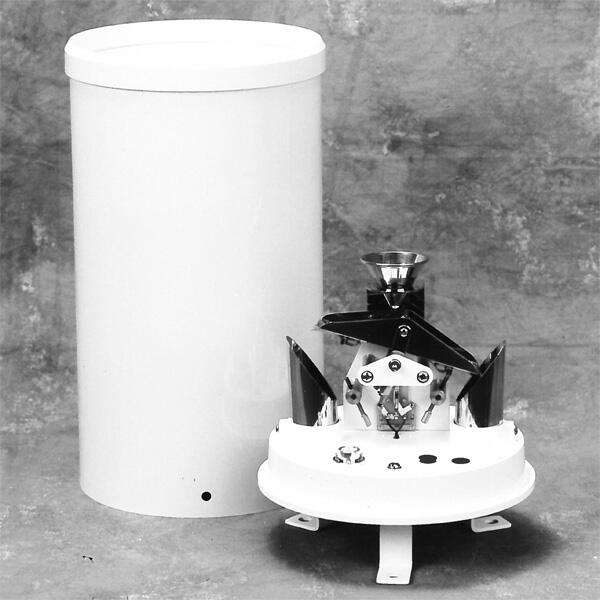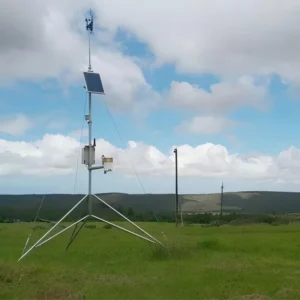
# Rain Gauge Uses in Weather Monitoring and Water Resource Management
Rain gauges are essential tools in meteorology and hydrology, providing critical data for weather monitoring and water resource management. These instruments measure the amount of precipitation over a specific period, helping scientists, farmers, and policymakers make informed decisions. Below, we explore the various uses of rain gauges and their significance in different fields.
## Weather Monitoring
One of the primary uses of rain gauges is in weather monitoring. Accurate precipitation data is crucial for forecasting weather patterns, predicting storms, and understanding climate trends. Meteorologists rely on rain gauges to collect real-time data, which is then used to create weather models and issue warnings for severe weather events such as floods or droughts.
### Types of Rain Gauges in Weather Monitoring
There are several types of rain gauges used in weather monitoring, including:
– Standard Rain Gauge: A simple cylindrical container that collects rainwater, measured manually.
– Tipping Bucket Rain Gauge: An automated device that records rainfall by counting the number of times a small bucket tips, each tip representing a specific amount of precipitation.
– Weighing Rain Gauge: Measures rainfall by weighing the collected water, providing highly accurate data.
## Water Resource Management
Rain gauges also play a vital role in water resource management. By tracking precipitation levels, these instruments help in assessing water availability, planning irrigation schedules, and managing reservoirs. This data is particularly important in regions prone to water scarcity, where efficient water use is critical.
### Applications in Agriculture
Farmers use rain gauge data to optimize irrigation practices, ensuring crops receive adequate water without wastage. This not only improves crop yields but also conserves water resources. Additionally, long-term rainfall data helps in selecting suitable crops for specific regions based on historical precipitation patterns.
### Urban Planning and Flood Control
In urban areas, rain gauges are used to design effective drainage systems and prevent flooding. By analyzing rainfall data, city planners can identify flood-prone areas and implement measures to mitigate risks. This is especially important in cities with high population density, where flooding can lead to significant damage and loss of life.
## Environmental Studies
Rain gauges are indispensable in environmental studies, particularly in understanding the impact of climate change. By monitoring precipitation trends over time, researchers can identify shifts in weather patterns and assess their effects on ecosystems. This information is crucial for developing strategies to combat climate change and protect biodiversity.
### Research and Education
Rain gauges are also widely used in educational settings to teach students about meteorology and hydrology. Hands-on experience with these instruments helps students understand the importance of accurate data collection and its applications in real-world scenarios.
## Conclusion
Rain gauges are versatile tools with a wide range of applications in weather monitoring, water resource management, agriculture, urban planning, and environmental studies. Their ability to provide precise precipitation data makes them indispensable in making informed decisions that impact our daily lives and the health of our planet. As technology advances, rain gauges will continue to evolve, offering even more accurate and reliable data for various fields.
Keyword: rain gauge uses

